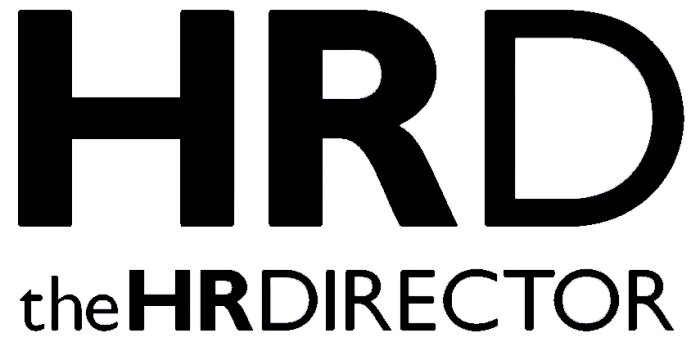“Reverse discrimination” is fuelled by people feeling undervalued and overlooked when an organisation introduces quotas to increase, for example, the number of women and/or people from black and ethnic minority, into management posts. There is further resentment with the introduction of support groups just for specific groups and unhappiness about fast track programs specifically aimed at ethnic minority groups which provide opportunities not open to them.
The starting point is to acknowledge these feeling. In doing so some organisations are shifting the focus from diversity to inclusion by stressing what they want is for everyone to feel they belong. They have also move away from compulsory anti discriminatory or awareness training in view of research that this is ineffective and can generate resentment and animosity towards groups.
Simplistic equality measures like quotas have been dropped in favour of more meaningful measures like reducing the gender pay gap. Fast track programs replaced with aspiring managers workshops open to all.
In the past a lot of emphasis has been put on the managers role in making a reality of equality and diversity this is because of their role in recruitment, nurturing talent and encouraging ambition. This has led some managers to feel they are being singled out as the problem, which understandably causing resentment.
There is an issue about the quality of management but it’s not so much sexism and racism as their people management skills. It is a truism to say people leave managers not organisations however this is supported by evidence which shows that the biggest single factor in determining employee wellbeing and job satisfaction is their line manager. So this is where the effort should go, on management development.
The most effective way of dealing with backlash is for the organisation’s leadership/SMT to be seen as taking a strong on going interest in Equality, Diversity and Inclusion (EDI).There is no doubt that the difference between an organisation that has good EDI policies and one where employees actually feel valued, supported , treated fairly and experience a sense of belonging is the level of engagement in EDI from the top. In too many organisations EDI is viewed by senior managers as,” nice to have” but not crucial to the organisations success. It’s up to HR to convince them otherwise.







